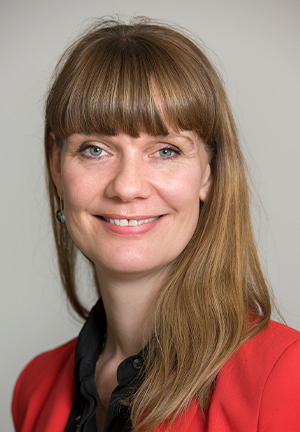Menu
Close
On the 27th of August 2020 the European Journal of Publich Health published a science article by Bryndis Bjork Asgeirsdottir, and other Planet Youth team members on the use of the Planet Youth method in Lithuania. The study focuses on the trends in substance use and primary prevention in the three cities in Lithuania, Kaunas, Klaipeda and Vilnius. These cities have been using the Planet Youth method from the year 2006. During that time rates of cigarette smoking and the use of alcohol, cannabis and amphetamine has decreased among 10th graders in Lithuania’s three largest cities and simultaneously preventive variables targeted have improved.

Background
Since the implementation of the Icelandic Model for Primary Prevention of Substance Use in Iceland (IPM), substance use has decreased steadily among 14–16-year-old adolescents and primary prevention factors have improved. Although the IPM is being implemented in several other regions around the world, information documenting its effectiveness in other country contexts is lacking. This study assessed trends in substance use and primary prevention variables in three cities in Lithuania following the implementation of the IPM.
Methods
Data collected from repeated, comparative cross-sectional self-report surveys conducted among a total of 30 572 10th graders in the cities of Kaunas, Klaipeda and Vilnius, Lithuania, from 2006 to 2019, were analyzed. Cochran–Armitage test for linear trend and analysis of variance for linear trend was used to assess time-trends in prevalence of substance use and mean levels of primary prevention variables over time.
Results
Following the implementation of IPM rates of cigarette smoking and the use of alcohol, cannabis and amphetamine has decreased among 10th graders in Lithuania’s three largest cities and simultaneously preventive variables targeted have improved. Similar to Iceland, primary prevention variables were related to substance use in the expected direction, with the exception of organized sports participation, which was not associated with less likelihood of alcohol, cannabis and amphetamine use.
Conclusion
Trends in substance use and primary prevention variables following the implementation of the IPM are similar in the three cities in Lithuania as in Iceland. Further research is needed to better understand the mechanisms underlying these trends.